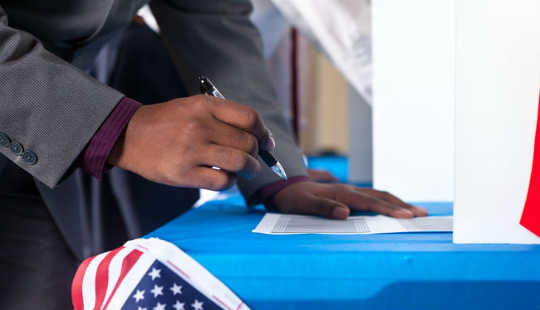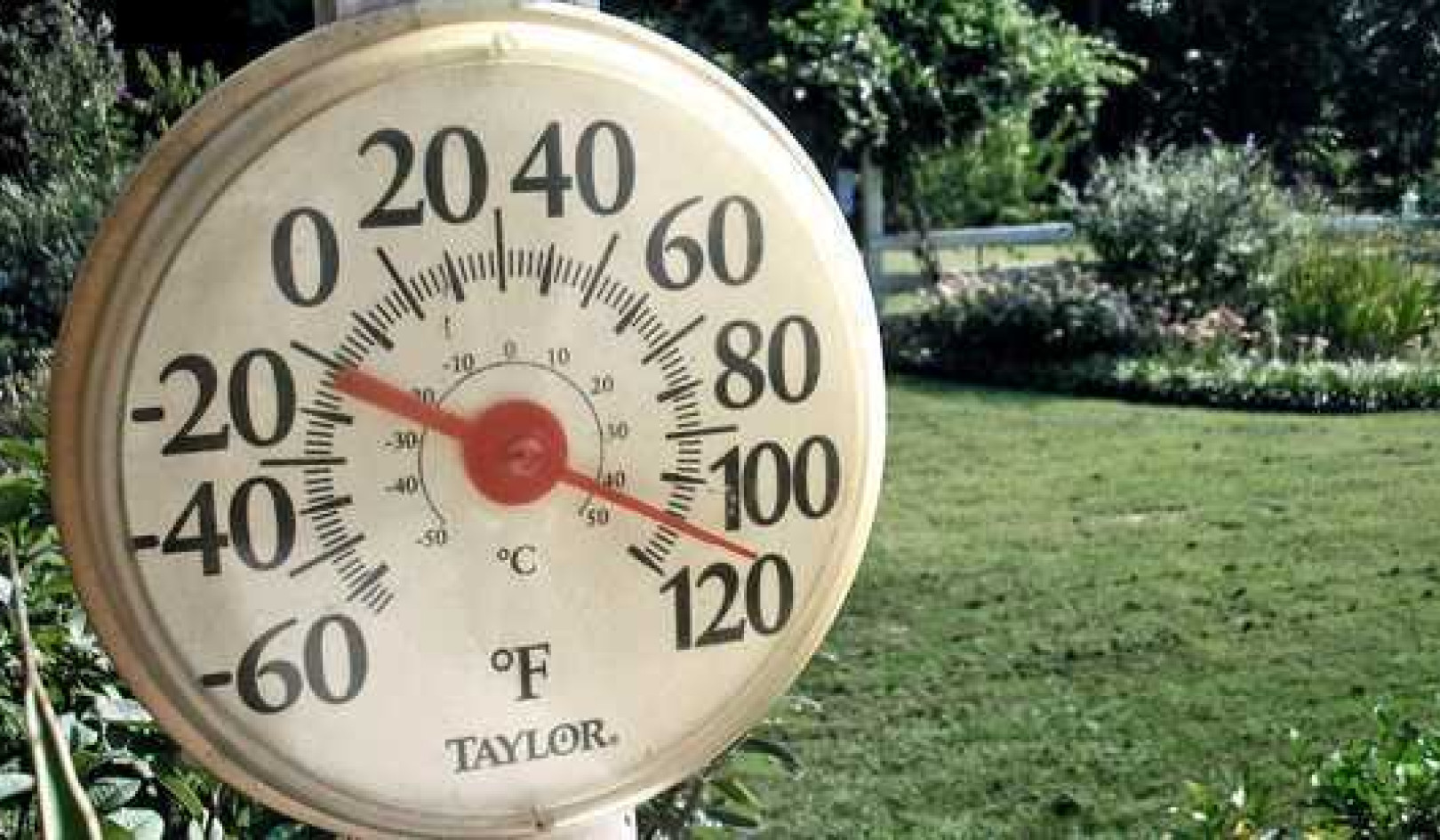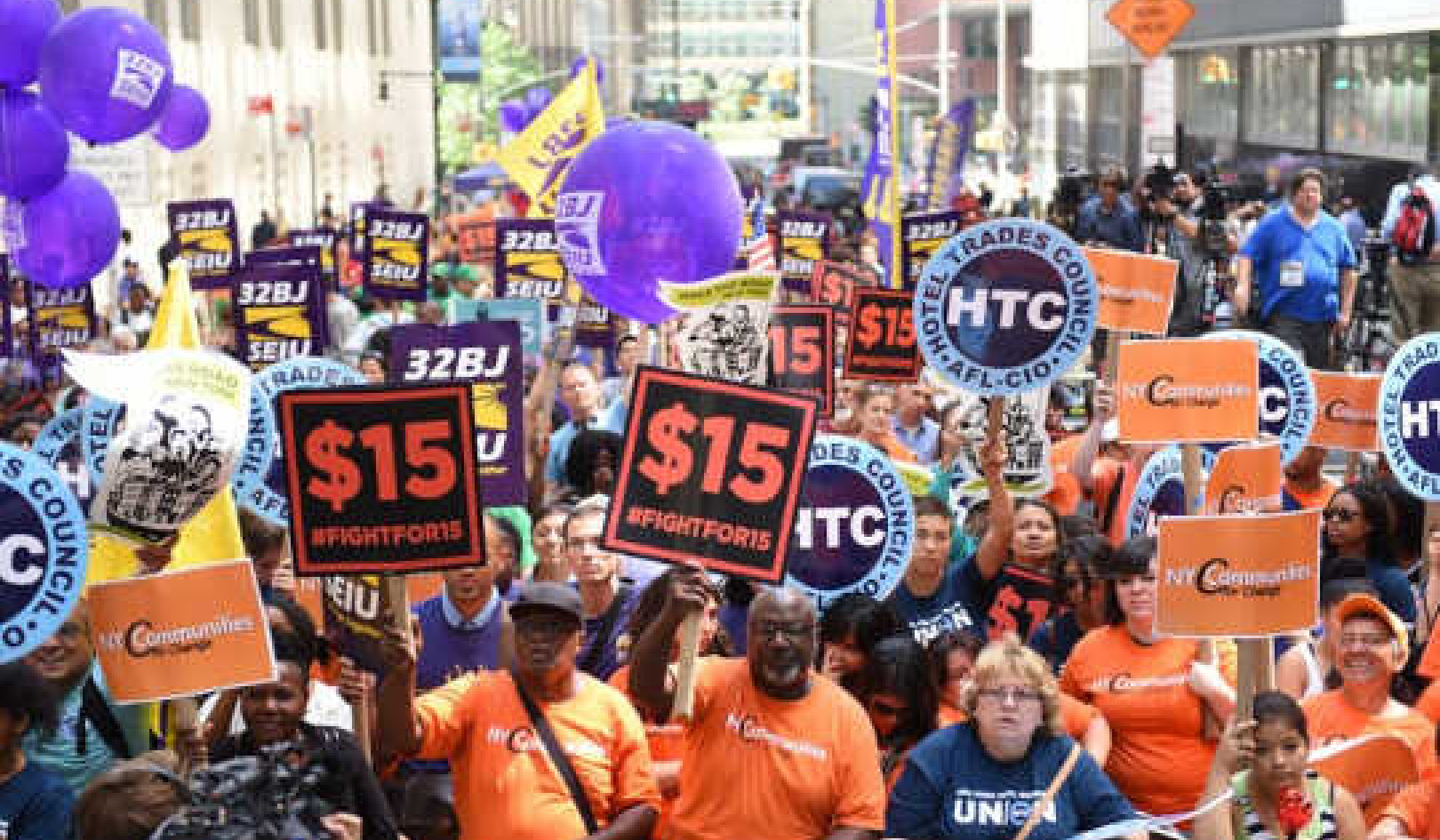
“The Federal District and Appeals Courts are willing to do what the Supreme Court wouldn’t do, which is acknowledge the reality that racial discrimination in voting persists today.”
On November 4, 2014, seven Native Americans living on the Turtle Mountain reservation in North Dakota went to cast their ballots for the general election. All were turned away.
They were U.S. citizens, longtime county residents, and had voted in North Dakota before. So what was the holdup?
For Dorothy Herman, 75, it was an expired state ID.
Herman, a 43-year resident of North Dakota who lives on retirement from her years as a teacher and her husband’s Social Security, had twice tried to renew her ID before Election Day. One day, she traveled 10 miles to the nearest licensing office only to find it closed during posted hours. On her second attempt, she was informed that her expired license was not proof enough of her identity—she also needed a birth certificate, a document that nearly a third of North Dakota Native Americans who need state ID cards to vote don’t have, according to one study. By the time she found it, returned to the office a third time, and paid $8 for her renewed ID card, she had missed the election.
“It was kind of a hassle,” she sighed. “I wasn’t able to vote.”
It was North Dakota’s first general election since a 2013 voting law restricted the types of identification voters could use at the polls. The voter ID law had cut down on early and same-day registration and eliminated “fail-safe” provisions, like the right to prove your identity by signing an affidavit, which had allowed people without qualifying identification to vote in the past. The law also restricted absentee voting; took away the option to use a college ID or expired driver’s license in combination with a bill or bank statement; and, in all, restricted voters to use only four forms of qualifying ID.
In January, Herman and six other Turtle Mountain residents who had faced similar voting obstacles filed a lawsuit challenging the state law. Last week, on August 1, they won.
In 2013, the Supreme Court peeled back key protections enshrined in the 1965 Voting Rights Act.
U.S. District Judge Daniel L. Hovland overturned the law, stating that it imposed a disproportionate burden on Native Americans. Had the law remained, he said, some 3,800 Native Americans throughout the state would have been disqualified from participating in elections.
North Dakota is just one of several states where voters, lawyers, and coalitions are challenging restrictive laws instated or strengthened in the last three years. Since July 19, judges in Texas, North Carolina, Kansas, Wisconsin, and, most recently, North Dakota have struck down or weakened laws regulating voter identification. Similar laws are currently being challenged in court in four other states. The path toward this legislation was opened after the elimination of landmark federal protections of voting rights.
In 2013, the Supreme Court peeled back key protections enshrined in the 1965 Voting Rights Act, which were originally put in place to protect minority voters like Herman from discrimination at the polls.
In Shelby County v. Holder, the Court decided to remove a critical part of the law that evaluated which states had the worst records on voting rights. States that had been identified by this part of the law had been required to preclear any proposed changes to voting laws with a higher court. By eliminating the ability to select states for oversight this way, the 2013 decision effectively removed strong federal regulation on states’ voting legislation.
Soon after, 17 states—including more than half of the mostly Southern problematic states that were initially singled out by the VRA—instituted laws or amended existing ones that restricted voting options. A number of these were swing states, like Ohio, Wisconsin, and Arizona, where tighter laws can tip national elections. Texas implemented a voter ID law just three hours after the Supreme Court decision was handed down. Many proponents said such laws were necessary to curb voter fraud, though a Washington Post investigation found in the U.S. only 31 credible incidents of voter fraud out of 1 billion votes cast from 2000 to 2014.
In some places where they are being struck down, these laws have been found to target minorities and discourage them from voting. In North Carolina, for example, Judge Diana Gribbon Motz ruled in favor of the plaintiffs, who argued that the state’s voter ID law was passed to discourage young and minority citizens from voting. “We can only conclude that the North Carolina General Assembly enacted the challenged provision of the law with discriminatory intent,” she said.
This week in Virginia, which has its own voter ID law, the NAACP occupied the Statehouse, arguing that because of the Shelby decision, minority voters in this country have been victimized by voter suppression laws that were previously subject to VRA regulation.
For some voter access advocates, it’s evidence that judges on the local level can step up where the federal government has stepped back. This is especially important at a time with high-stakes elections and a rapidly changing population.
“In a moment when this country is becoming more diverse, in which more communities of color participated in the 2008 and 2012 elections, legislatures enacted these discriminatory laws, and luckily courts stepped in to stop them more and more,” said Leah Aden, senior counsel at the Legal Defense Fund (LDF) and member of LDF’s litigation team in Shelby. “The Federal District and Appeals Courts are willing to do what the Supreme Court wouldn’t do, which is acknowledge the reality that racial discrimination in voting persists today.”
ID can be hard to get
In theory, any eligible voter can get a qualifying ID card, even in states with tightly controlled polls. But for many—especially lower-income voters with limited transportation, resources, and access to documents like birth certificates—obtaining even a basic state ID can be difficult, as it was for Herman.
The Turtle Mountain Reservation is about 72 square miles in area and more than a hundred miles from the nearest city, and many Native Americans who live there use a P.O. Box, not a home address, for their mail. Nationwide, more than a quarter of Native Americans live in poverty—compared to 11 percent of Whites—and they have less access to vehicles or, in rural areas like Turtle Mountain, public transportation. In some cases, people living on reservations have to travel about 60 miles one way to get a state ID—and sometimes farther if they have to track down a birth certificate too.
The photo ID requirement at the polls has a discriminatory effect on Black and Latino voters.
In addition, lower-income voters everywhere sometimes struggle with low fees associated with identification. Matthew Campbell, a lead attorney in the North Dakota case, argued that paying to update a tribal ID with a residential address amounts to a “pay-to-vote” restriction, which is prohibited by the U.S. Constitution.
In the past, Herman had not needed an updated state ID at all. Native American voters had previously been able to use official identification issued by tribal governments that did not display an address as long as they combined it with a second document, like a utility bill. Herman had this ID, but was no longer allowed to use it.
Other minority groups around the country have also been disproportionately affected and even targeted by ID laws. Allison Riggs, a staff attorney specializing in voting rights at the Southern Coalition for Social Justice and who represented plaintiffs in the North Carolina case, said the types of ID the Legislature had rejected were the types African Americans were most likely to have. The narrowed types of accepted ID were the ones they were less likely to have.
“It’s often called a voter ID law, but it’s so much more than that,” Riggs said, estimating that the law disenfranchised as many as 300,000 eligible voters, many of them minorities.
In Texas, where on July 20 the U.S. Court of Appeals for the 5th Circuit struck down the state’s voter ID law, four different courts have now found that the photo ID requirement at the polls has a discriminatory effect on Black and Latino voters. Aden, of the Legal Defense Fund, estimates that up to 600,000 registered Texas voters—and 1 million eligible voters—didn’t have a photo ID that would be accepted at the polls.
This is especially significant in a state with a large number of minority voters: 49 percent of Texans are African American or Latino. Gary Bledsoe, an Austin lawyer and president of the Texas NAACP, said these groups often align with Democratic candidates. He said of the state’s former ID law, “What I see is a desire [by the Legislature] to change the nature of the electorate.”
The months ahead
Despite the spate of wins in court, much remains to be seen when it comes to how these decisions will shake out in the election; some of these victories will be appealed before November.
Officials in some states—like Texas and Kansas—said they will appeal the decision. So far, North Dakota has not announced an intent to appeal. In Wisconsin, a number of House and Senate members are planning an appeal with the belief that the recent ruling will open the floodgates to voter fraud (though the judge in the Wisconsin case wrote in his July 29 ruling that these fears of “phantom election fraud” lead to “real incidents of disenfranchisement, which undermine rather than enhance confidence in elections.”)
Judges on the local level can step up where the federal government has stepped back.
Whether these decisions hold up on appeal or not, they could influence how campaigns play out before November. Riggs believes the court-ordered blocks in North Carolina, a swing state, could lead to a more active campaign there as both presidential candidates ramp up outreach efforts. North Carolina was one of two states that swung from voting for Barack Obama, in 2008, to voting for Mitt Romney, in 2012, both of whom won by narrow margins. (The other state was Indiana, which has implemented its own post-Shelby voter ID law). Current polls in North Carolina show a marginal difference in support for Donald Trump and Hillary Clinton.
In both federal and local elections here, there are “enough voters being enfranchised that certainly can make a difference in the outcome,” said Riggs.
Meanwhile, advocacy groups like the NAACP and the League of Women Voters, student groups, and others are hard at work educating people about voting requirements in advance of November’s election.
The fight is far from over.
While the wins are welcome, the bigger concern for voting-rights advocates is that, on a national level, protections remain severely curtailed.
“None of this would have happened if the Supreme Court hadn’t made the Shelby County decision,” Riggs said. Although she’s happy with the victory in North Carolina, Riggs said, she can’t let her guard down until the Voting Rights Act is restored. Until then, a lot rests on the work of people on the ground and the decisions of judges.
“We’re nowhere close to being in the free and clear,” said Aden.
Back in North Dakota, Dorothy Herman is looking forward to voting in the 2016 election.
“Yes, I am going to vote this year,” she said. “My North Dakota ID card is good for 10 years.”
The Brennan Center for Justice has a page where you can track major litigation that could impact voting access. Click here for more.
About The Author
Jaime Alfaro wrote this article for YES! Magazine. Jaime is a YES! reporting intern. He writes about racial justice, education, and economics. Follow him at @jajamesalfaro.
Related Books
at InnerSelf Market and Amazon























